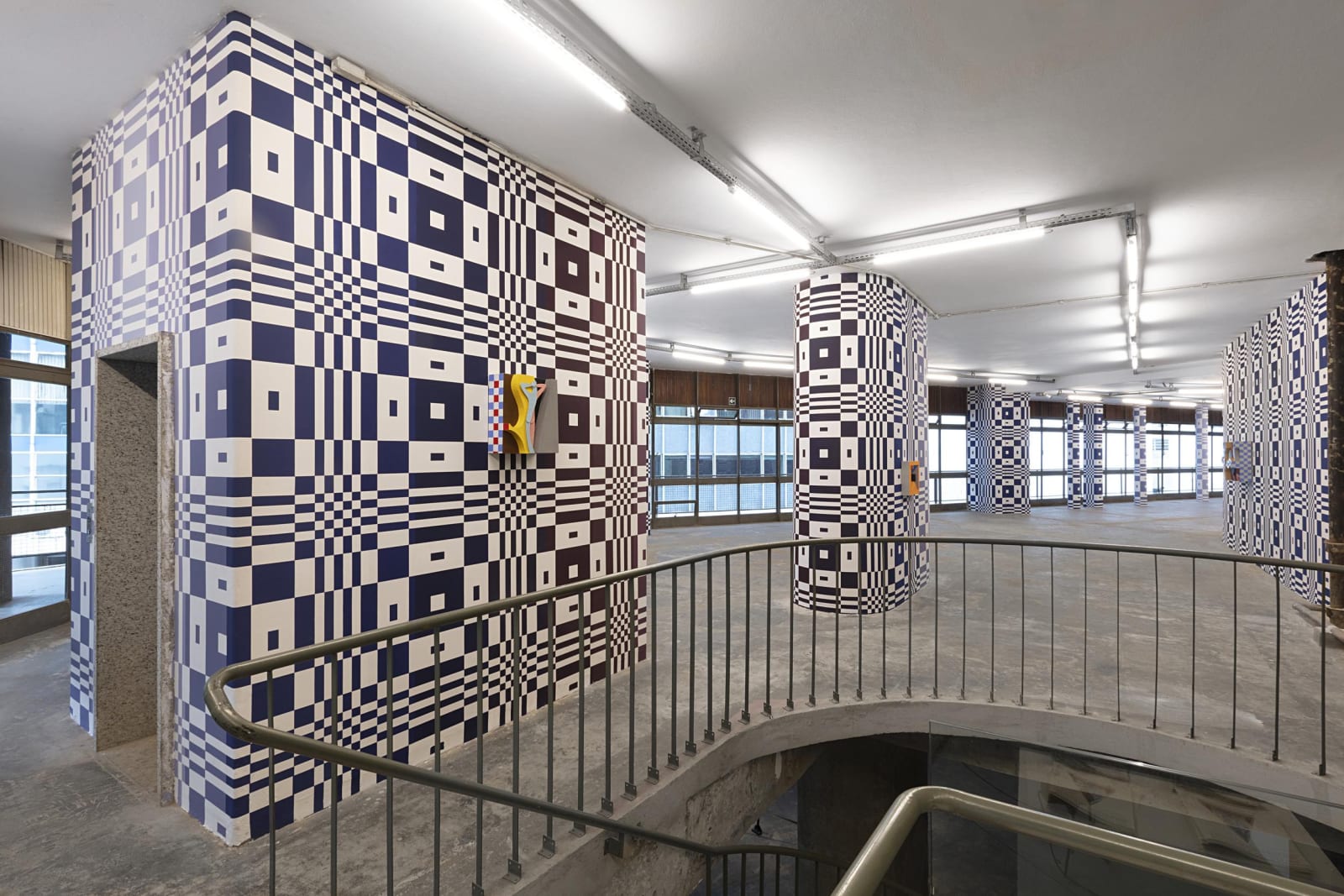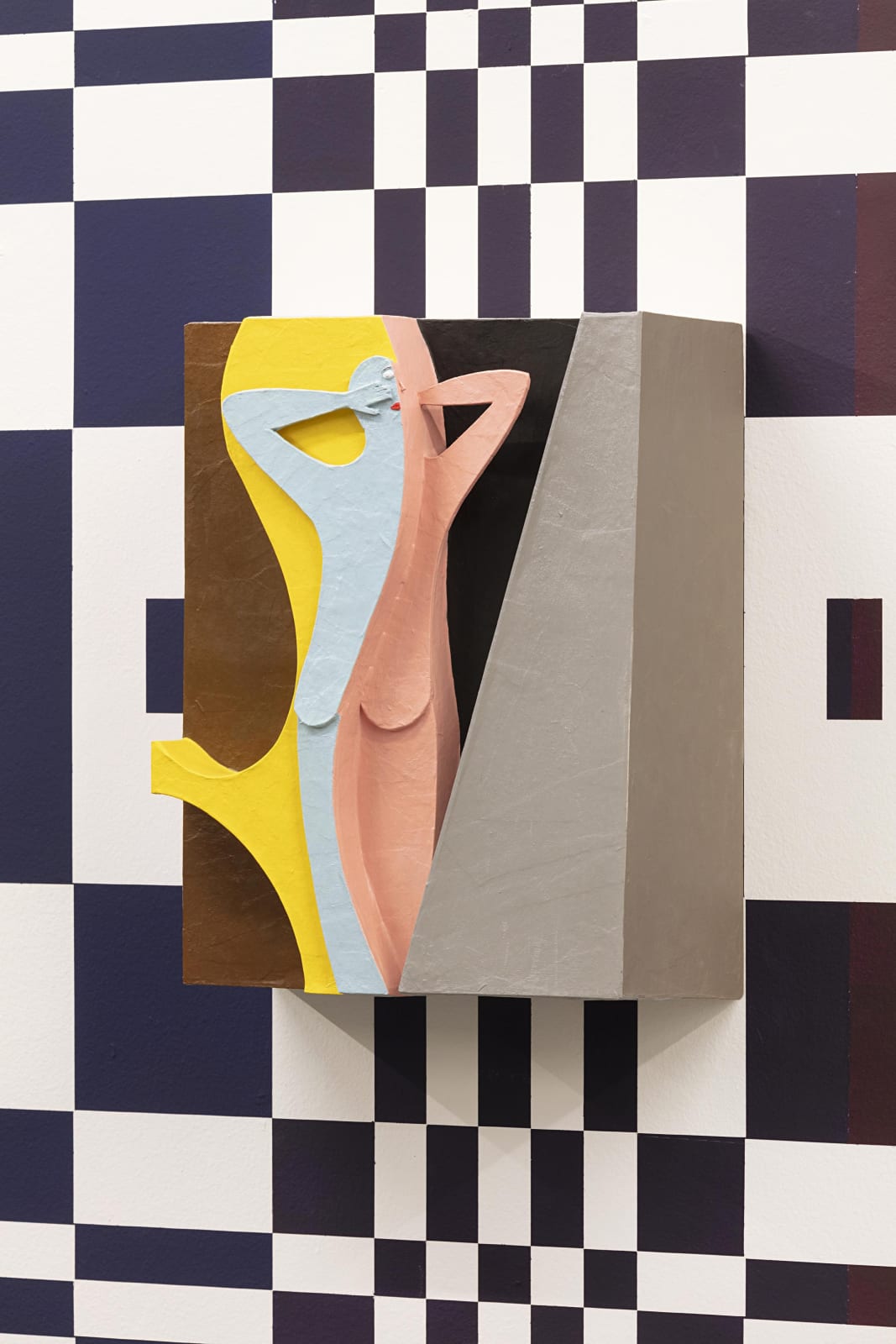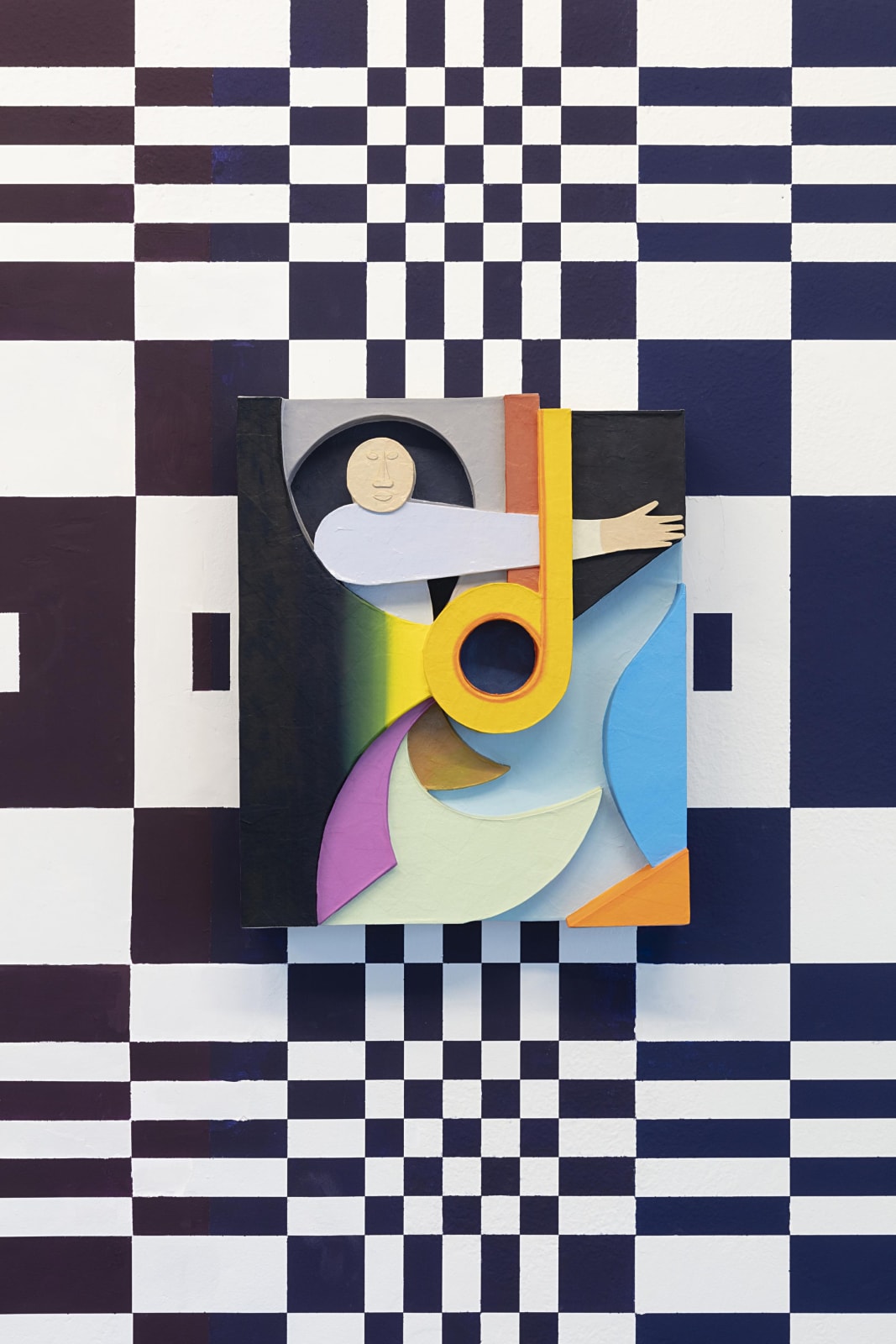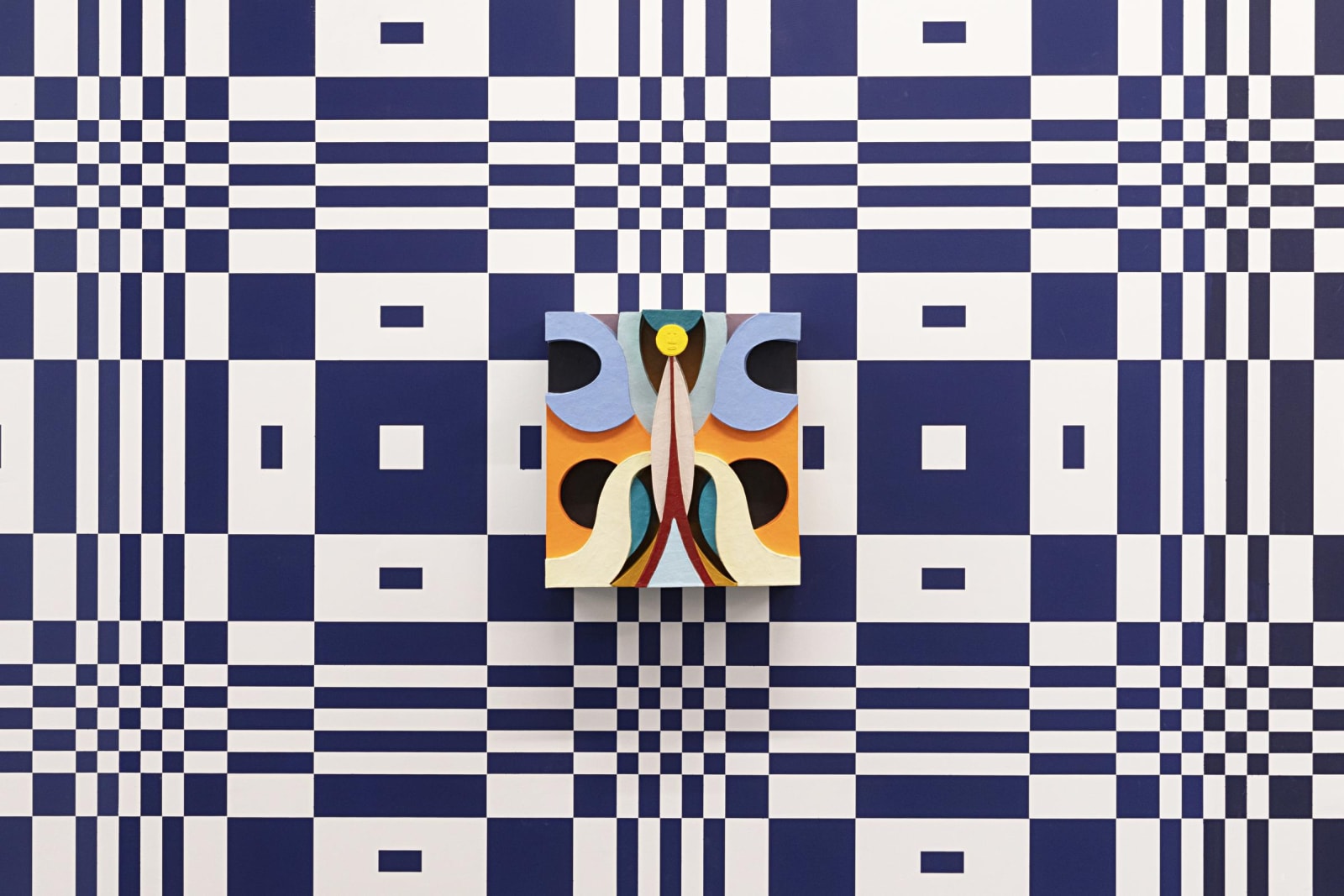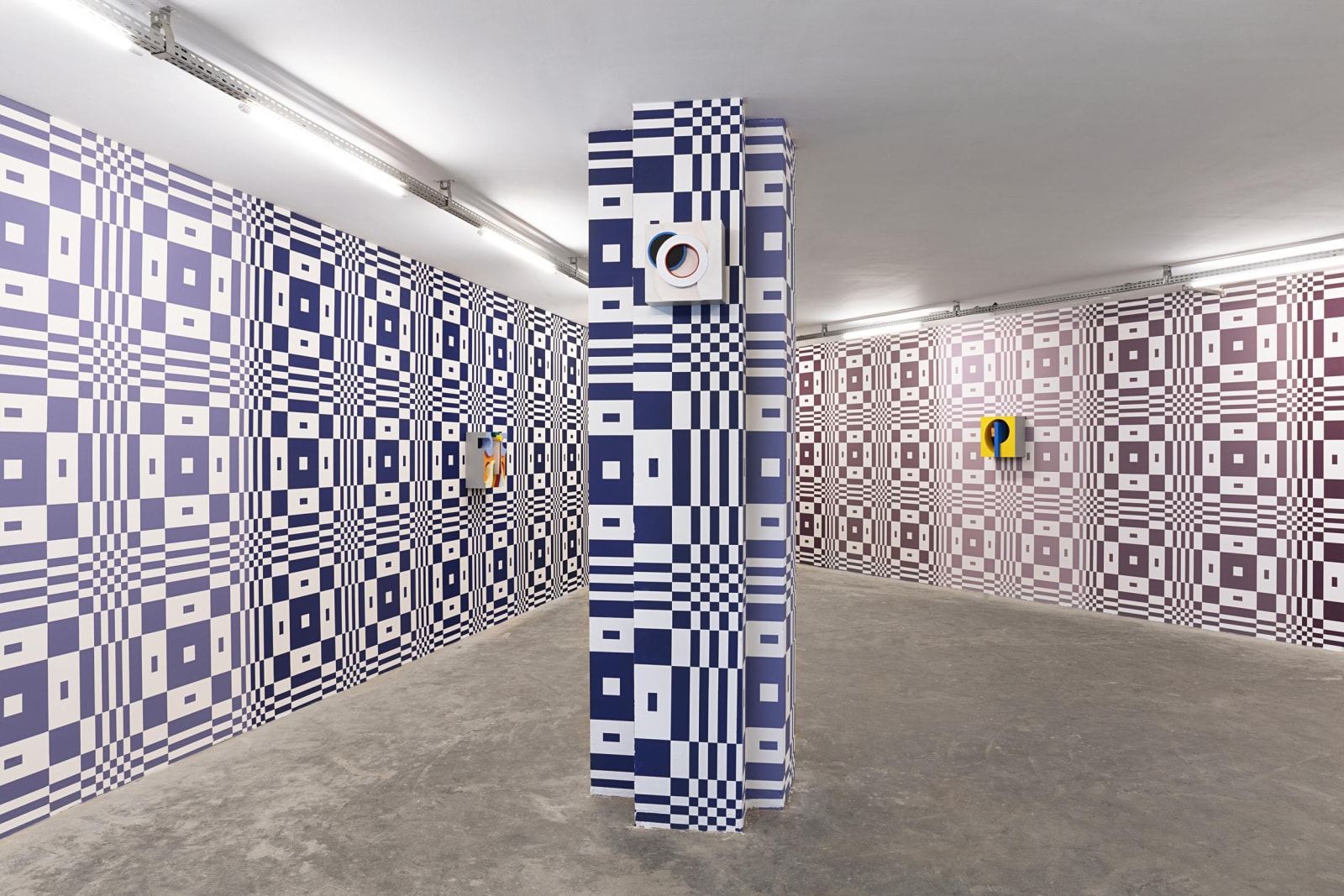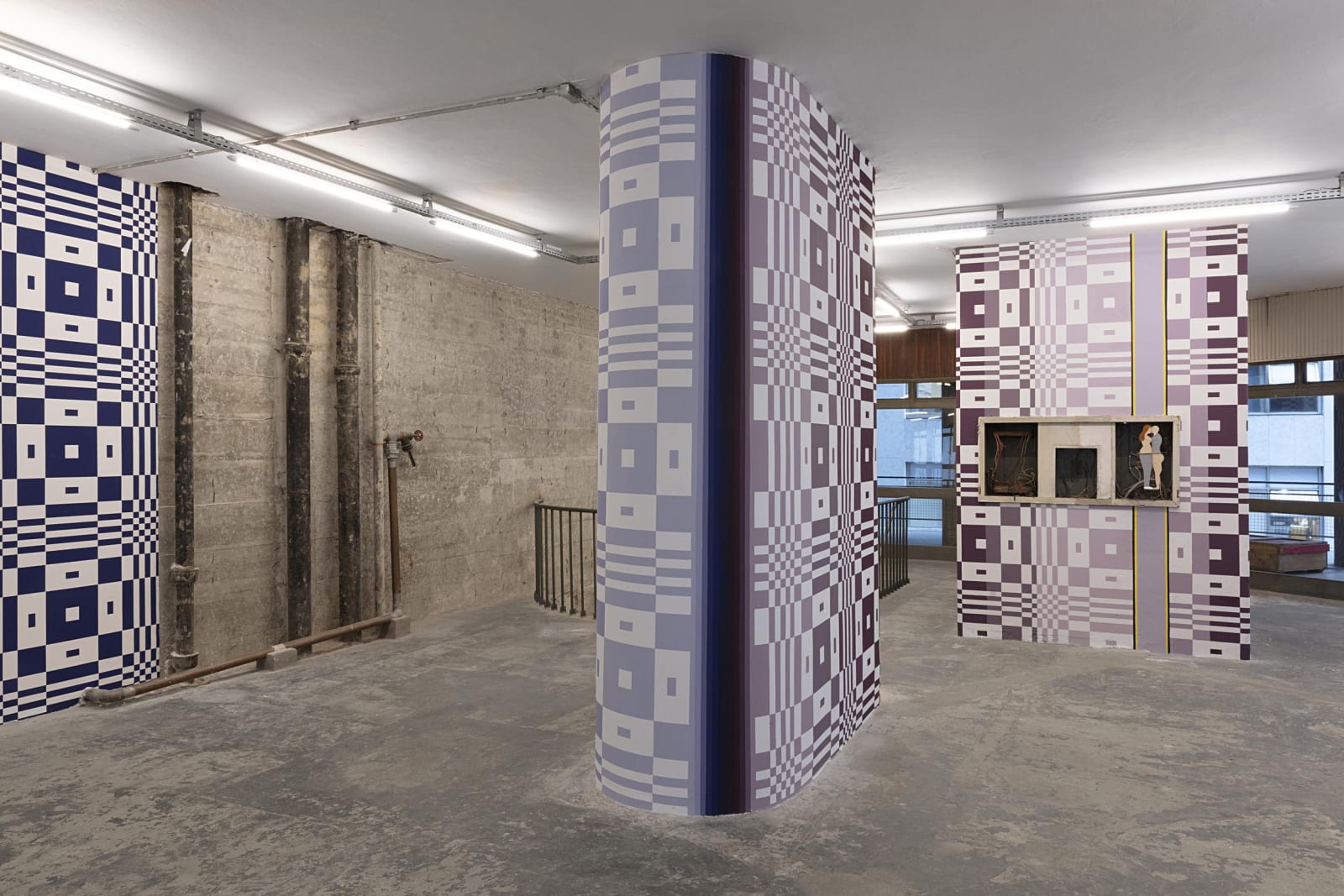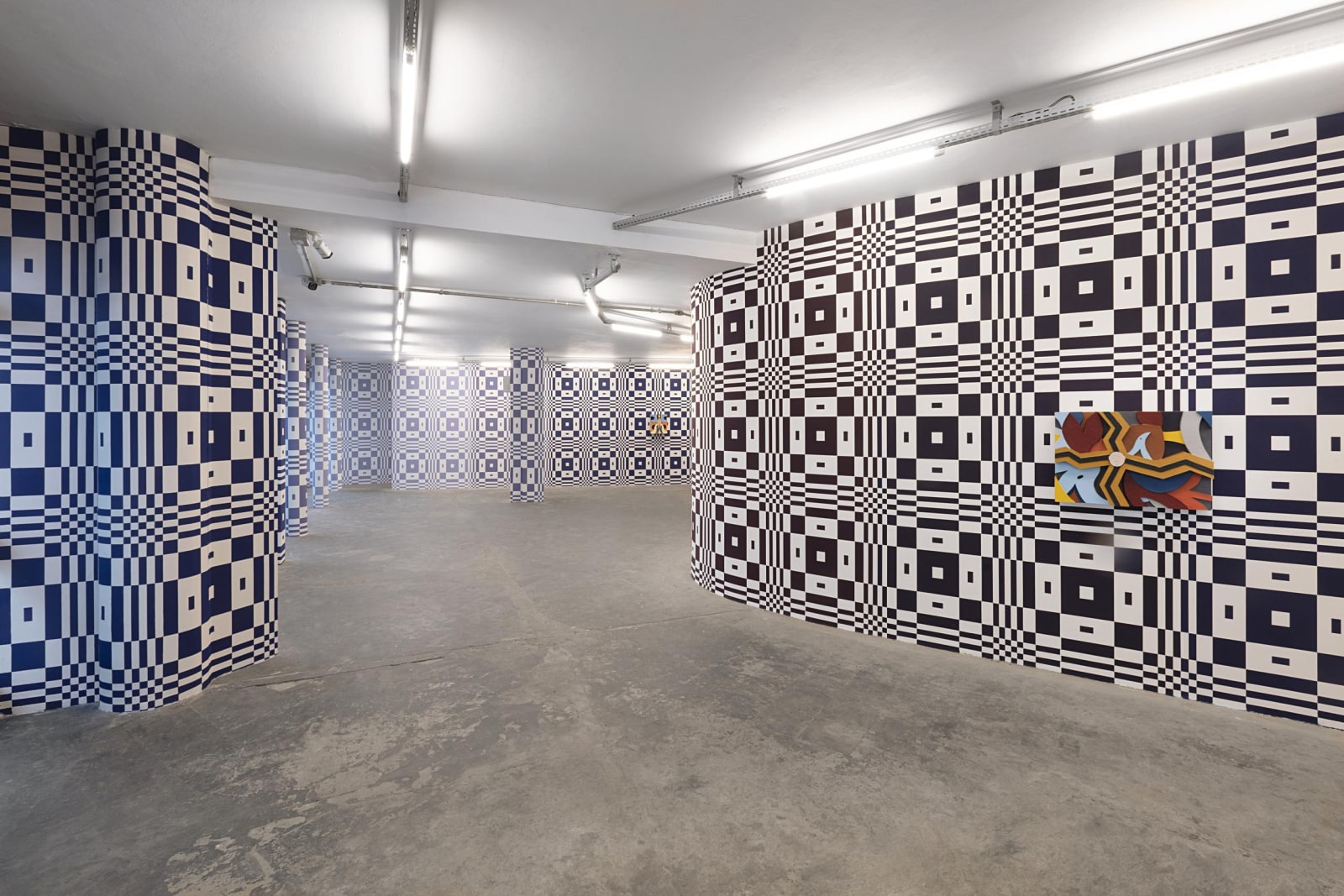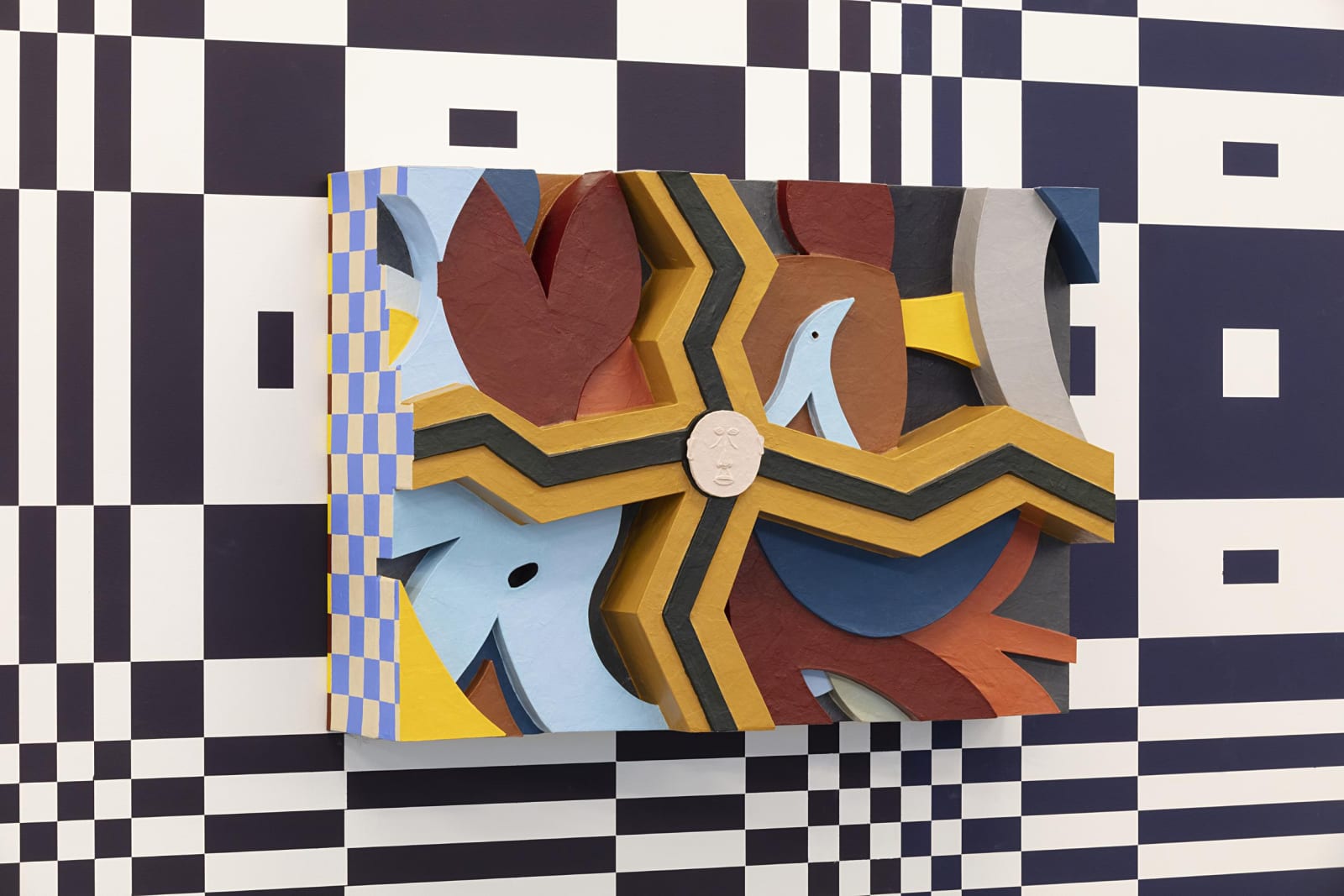THE IMAGES IN THIS EXHIBITION are those of a dream I had three months after the death of my mother. The setting was London, a city I had visited twice, many years apart: once in the summer and once in the autumn. The summer visit, a long time ago, impressed me deeply, but London appeared to me as a city full of transients: people on their way to somewhere else. I was struck by a sense of holiday and decided to come back at a more sober time, perhaps in the autumn or winter. Years later I fulfilled that promise and returned to London in October. It was a melancholy time of my life, and this extraordinary city suited my temperament at that moment. I had a chance to savour it alone, without the interference of summer crowds. It rained most of the time, and this fog-enveloped place had a mesmerising effect.
I would wake up at 4 a.m. and start exploring an hour later. The city was still asleep except for a few street sweepers. I could barely see their moving silhouettes emerging from the morning mist. By seven o’clock the city was beginning to come to life: the fog began to lift, and the spell was broken. The hours between five and seven were hypnotic it was not of this world, but it belonged to me, powerful and soundless, forever burned into my subconscious.
Now, years later, those haunting moments re-emerge in the form of a dream. The place was London and the time, that magic time of autumn. The dream that surfaced from the fog, appearing and disappearing, was a full scenario following the same sequence as these images. I was impressed with the somnambulistic, almost underwater quality of the dream. I thought about it for a while and then went ahead with the everydayness of my life. A week later, the dream recurred. This time I wrote it down in my notebook. Not a day passed without me thinking about it. It became an obsession.
Why was I dreaming this dream?
Who is was the black nun?
Who is was the man?
Being of analytical nature, I knew the dream was symbolic. The existential aspect of the symbolism was not entirely foreign to me. You go through life alone;the people you meet are narcissistic images of yourself; relationships don’t last; affairs are mutual delusions and distractions from death. You end up having knock on the door, and confront yourself. Ultimately, you are responsible to yourself, for yourself. Then darkness. I perceive the dream as one of frustrated hopes, lost illusions, and the inevitability of the human condition.
This was my journey into the subconscious – a land of was, is and willbe, illuminating a hidden crystallised truth, a moment of time lost, perhaps a moment of time that never happened. Or perhaps even a time to come: merging and recording images forever young, never to age, reflecting the anxiety of all the essence of time –and at the same time I was outside of it, suspended, looking into the abyss.
In my dream, a man is following a nun through London, starting at the door of a small building in Bloomsbury. Both rush into the Victoria and Albert Museum and he watches her standing for an especially long time in front of the Scott Paper Company Dress. Then, both are again walking fast on the street. He is behind her, but the dream has sudden, incongruous breaks: like bumps sewing together a road, or bridges stitching a river. For once, they are talking, and she tells him her name: Mo-Po – short for Mother Paulette – and that her mission is helping teenagers get gender re-assignment surgery. After another break, they are again in front of the dress at the museum but this time she is speaking about botanical illustrations of insect metamorphosis that show all stages in one single drawing. Then they are inside a hospital where she hands him files with names. Inside there are only pictures of herself but younger, in Jamaica, working naked on what looks like moiré silk. In one picture, she is pressing her body with all her strength against a machine making her breasts disappear. In the next picture, we can see she has printed a big dark blue square. The photos transition or evolve into drawings – examples as she describes them – of overlaid almost identical patterns. They are then sitting, and later walking again. He loses contact with her and then resumes following her secretly through the streets of London.
Rodrigo Hernández
Curated by Fernanda Brenner
Images courtesy of the artist and Pivô, São Paulo. Photos by Everton Ballardin.

